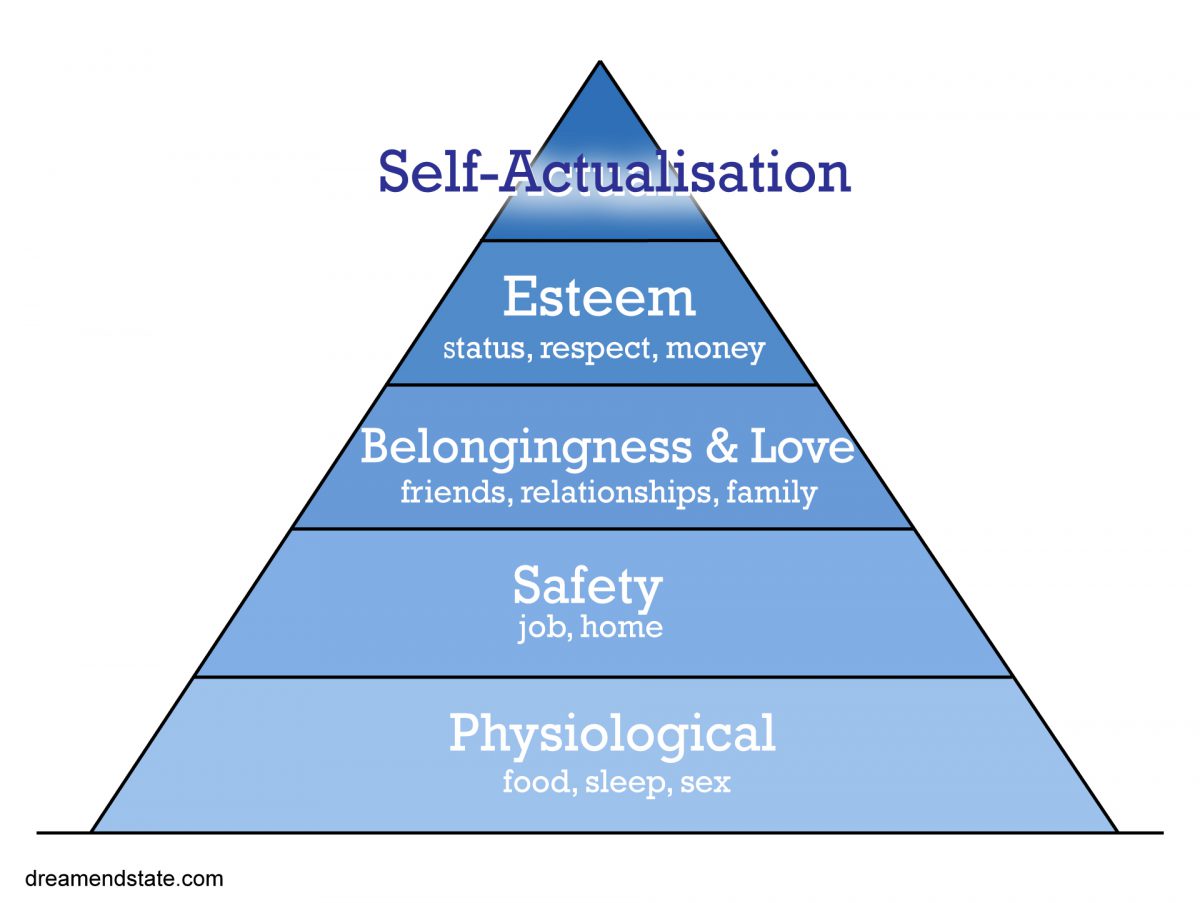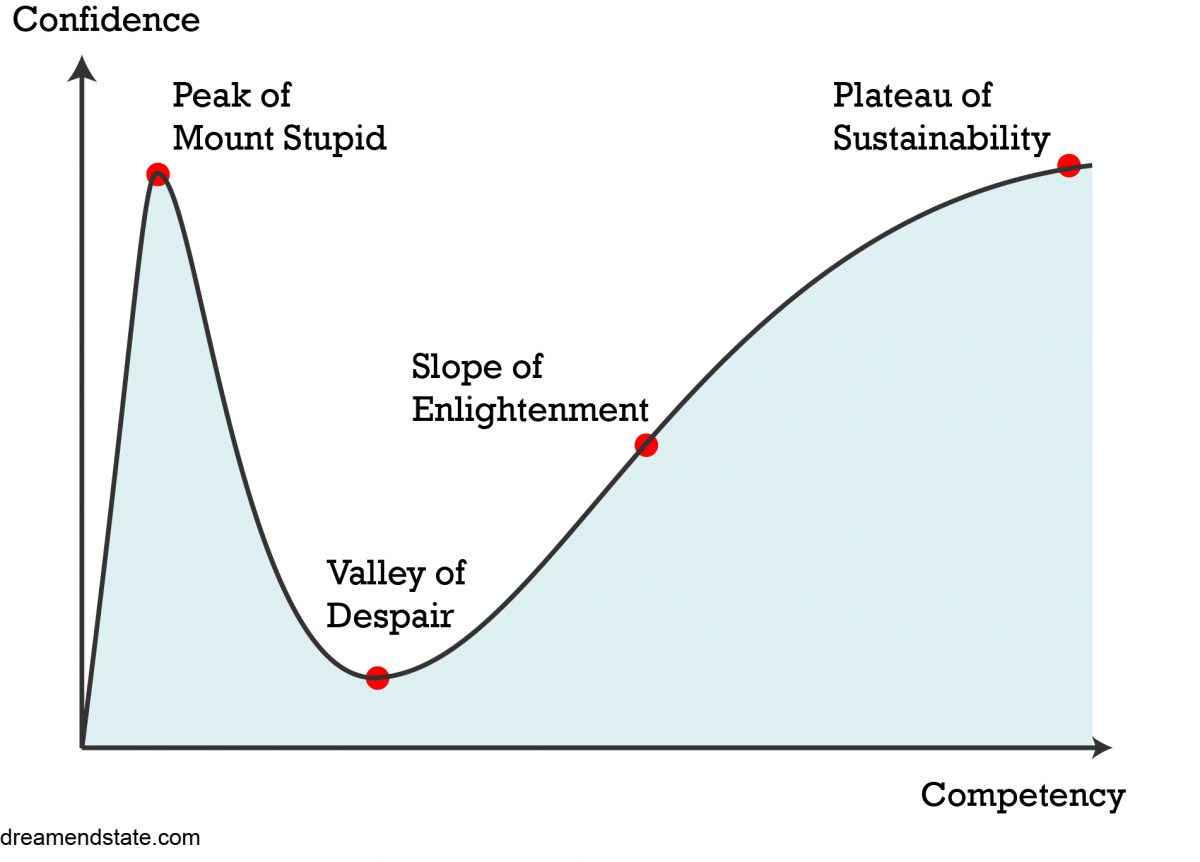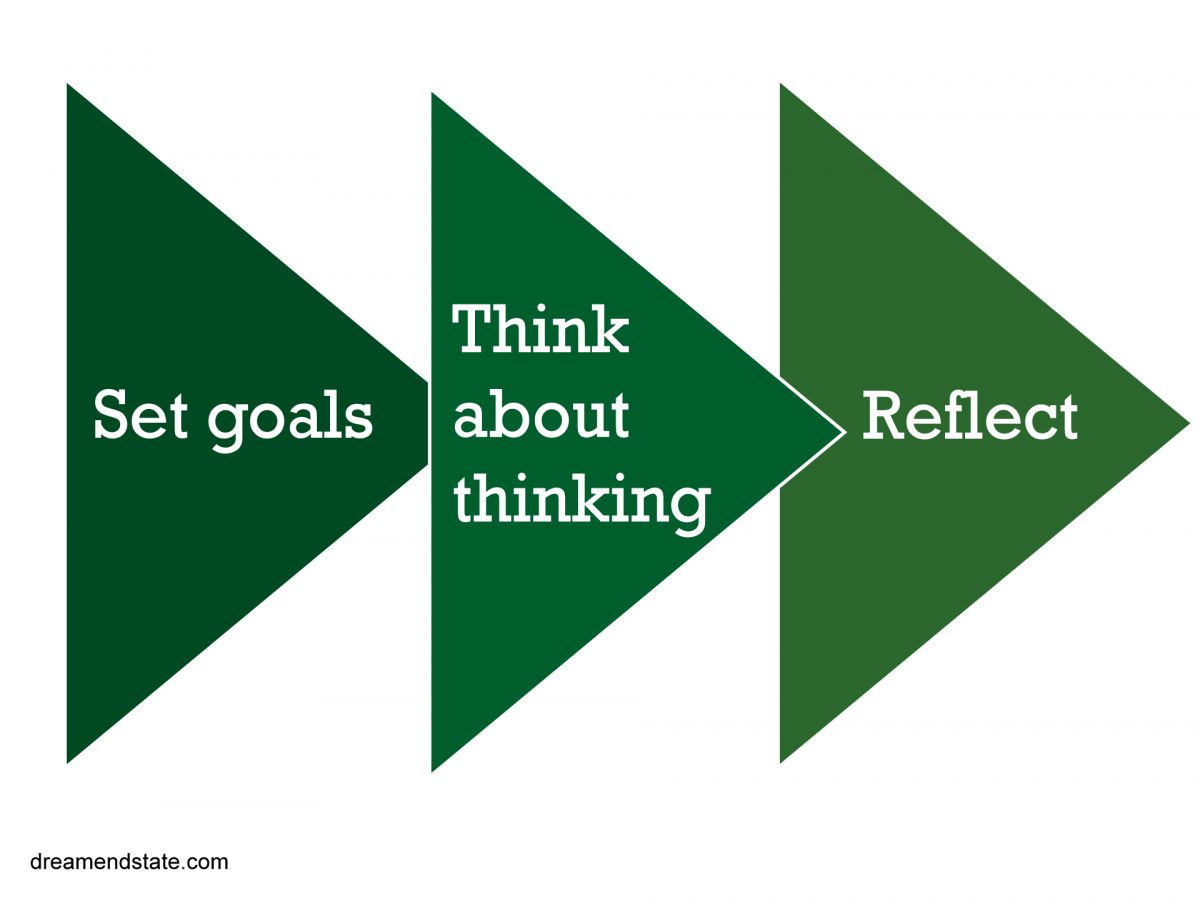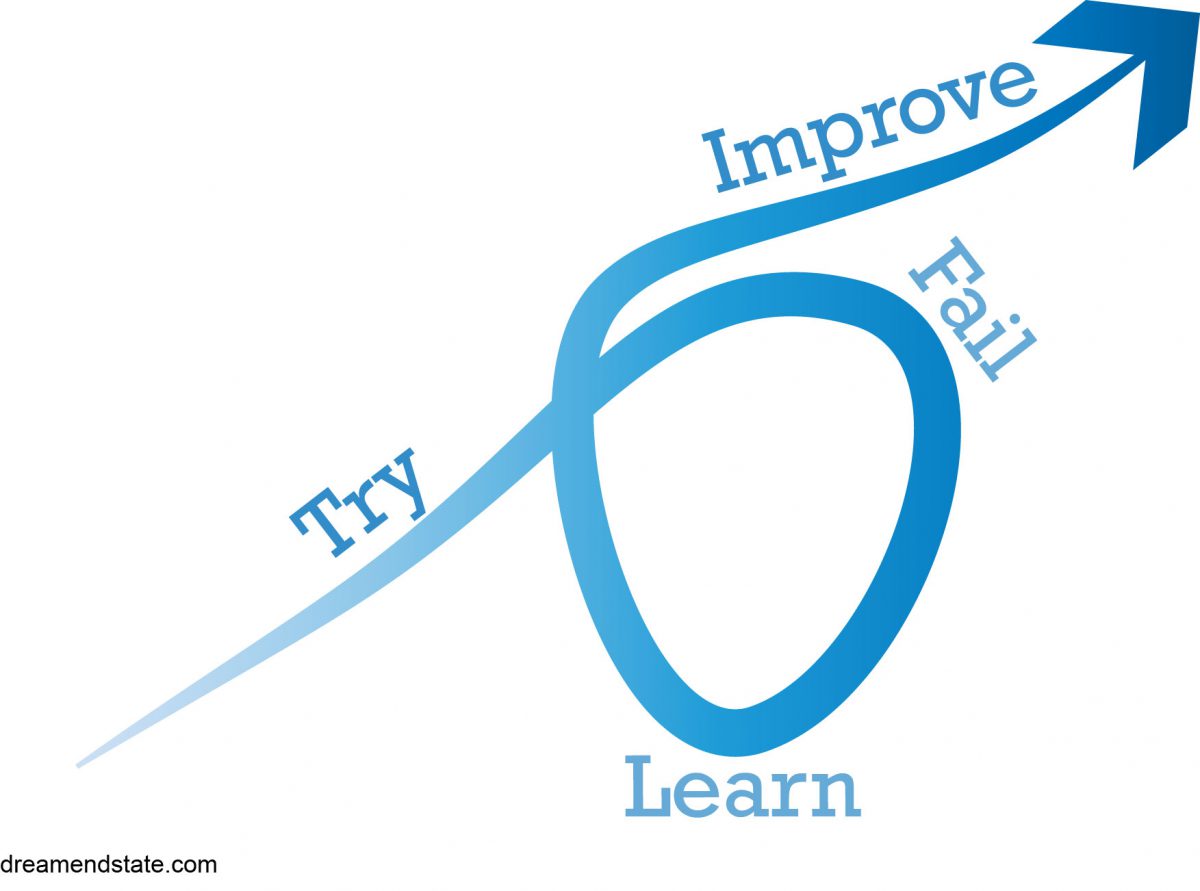A rule of thumb about how to live a good life and what makes good content.
There’s a thread that connects sounds in nature, music, suicide and what makes a good film: the expectancy vs surprise continuum. Understanding or at least being aware of this continuum can help us see life through a different lens and helps us make sense of why we enjoy the media we consume and the things we produce and the work we do.
Suicide
Let’s start with at the bleakest so we can move into the light. Suicide. Often regarded as the forefather of sociology Emile Durkheim wrote about suicide in his treatise Le Suicide that was published in 1897. Durkheim described four types of suicide using two sociological variables: integration and regulation. He argued that too little or too much of either creates conditions which make suicide more likely.
Along the regulation axis sits fatalistic suicides caused by excessive structure and control, such as slaves who are unable to influence the rules under which they must live. On the other side of this axis sits anomic suicide, where there are no rules or clear conventions on how to act and behave, which can lead to a breakdown of social equilibrium. For example, suicide because of bankruptcy or loss of a job or loss of close family members.
The parallels between Durkheim’s work and the expectancy vs surprise continuum are obvious. If too much or too little structure increases the likelihood of suicide, we can surmise that the conditions for the good life lie somewhere in a sweet spot between those two extremes.
Pink noise
Halfway between the entirely uncorrelated random notes of white noise and the entirely correlated drunkard’s walk of brown noise sits pink noise (or 1/f noise or flicker noise). Tunes based on pink noise are moderately correlated over short and long runs. Benoit Mandelbrot was the first to recognise that pink noise and 1/f fluctuations are everywhere in nature, from the annual flood levels of the Nile and variations in sunspots to the wobble of the Earth’s axis and currents in the nervous system of animals and ourselves.
Our perception of the world seems to cluster around pink noise.
From the cradle to the grave our brain is processing the fluctuating data that come to it from its sensors. If we measure this noise at the peripheries of the nervous system under the skin of the fingers it tends, Mandelbrot says, to be white. The closer one gets to the brain, however, the closer the electrical fluctuations approach 1/f. The nervous system seems to act like a complex filtering device, screening out irrelevant elements and processing only the patterns of change that are useful for intelligent behaviour.
Martin Gardner, p.24, Mathematical Games (1979)
The thread between pink noise and music, and the expectancy vs surprise continuum is clear.
It is commonplace in musical criticism to say that we enjoy good music because it offers a mixture of order and surprise. How could it be otherwise? Surprise would not be surprise if there were not sufficient order for us to anticipate what is likely to come next. If we guessed too accurately, say in listening to a tune that is no more than walking up and down the keyboard in one step intervals, there is no surprise at all. Good music, like a person’s life or the pageant of history, is a wondrous mixture of expectation and unanticipated turns.
Martin Gardner, p.28, Mathematical Games (1979)
The same applies to all media we consume, from films and novels to newspaper articles. While the format is similar the content must be sufficiently different to pique and retain our interest. Hollywood can’t be sustained on Marvel sequels and prequels alone. As consumers get bored, new forms will replace them, much like the new schools of art that have emerged over the past 400 years.
Bore out versus burn out
What are the conditions that encourage the state of flow, when work comes easily and minutes drift into hours and we become super productive? According to Steven Kotier, a key psychological trigger is to find the balance between the challenge of the task in hand and our skills and ability to perform that task. We need to find tasks that stretch our abilities to force us into the present, but not too much that we snap.
This bore-out-vs-burn-out dichotomy maps directly on to the expectancy vs surprise continuum.
Kotier suggests that the task should be around 4% greater than the skills one brings to it as a rough heuristic for finding flow. This varies per person. High achievers may blow way past this threshold without any of the motivational reward of flow and risk burn out. While underachievers need to get comfortable with feeling uncomfortable and stretching themselves.
Watch out for
Everyone’s tolerance for structure or surprise varies. And for each of us it waxes and wanes over time.
You may boost overall happiness and fulfilment by compensating when one area of your life feels overly restrictive, or, on the other side of the ledger, disorderly. For example, a natural creative might feel stifled working for a large, bureaucratic company, but find solace in creative writing or abstract art or, indeed, writing an irreverent blog.
Resources
Gardner, Martin. (April 1978), Mathematical Games, Scientific American, Vol. 238, No. 4, pp. 16-33
Jones, Robert Alun. (1986) Emile Durkheim: An Introduction to Four Major Works. Beverly Hills, CA: Sage Publications, Inc. pp. 82-114
Kotier, Steven. (May, 2014), Create a Work Environment That Fosters Flow, Harvard Business Review




